Vinovativa’s 10th anniversary and grand tasting: Austria, Barolo, Bordeaux, Cahors, Douro Valley, New Zealand, Piedmont, Priorat, Saint Emilion, sherry, Tuscany, Germany, and more!
Wine importer Vinovativa has over ten years positioned itself as one with a wide range of wines with wines from the world represented. At the same time, they focus mainly on smaller individual (or individualistic) quality producers. They recently celebrated their tenth anniversary with a huge tasting. BKWine’s Carl-Erik Kanne was there and skimmed the cream from the Vinovativa milk.
Vinovativa was founded 10 years ago by Michael Monteil, now CEO, and Jörgen Lindström, Purchasing Manager, both with a solid background in wine and a passion for quality wines from small producers, whether they are trendsetters or guardians of tradition.
An range for the wine enthusiast
With currently over 100 producers in the backpack Vinovativa has come a long way in 10 years. Many of these producers are not “just any old winery” but it is a careful selection of innovators in the wine world.
This makes the selection a real candy store for us wine lovers and it makes it difficult to limit yourself to a small selection to recommend. Here are just my very personal favourites! The main countries of the range are Italy, Spain, France, Germany and Austria. More info here: www.vinovativa.se.
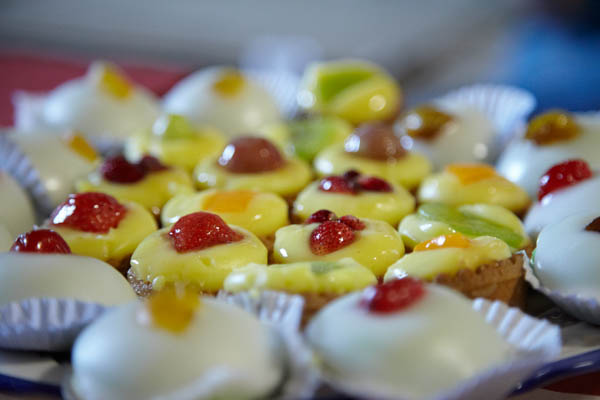
Better barolo
In addition to the grand tasting there was also a Barolo Seminar where two vintages (2005 and 2008) from 3 different winemakers were pitted against each other to illustrate how three different types of Barolo can taste, from the mineral rich wines in the east (oldest) part, to fruitier wines the west (younger) part.
Fabio Zanzucchi from Lucca began with an overview of Barolo’s place in Piedmont, its geology and production.
The production area of about 1,800 ha produces 10-12 million bottles per year, which is about 10% of Piedmont’s total production. Fabio is now a very well-known wine profile in Italy, where he was principally engaged in wine education and to promote wines made from nebbiolo and aglianico which are his favourite grape varieties.
Fabio Zanzucchi told us that 15 million years ago Piedmont was a large lake in which the hills then formed over time. The eastern part is the oldest with a brownish-red clay, the middle has much sandstone and the western part has clay / limestone which is about 7 million years old.
Many studies have been made to try to establish a correlation between the location and the wine’s taste, but none have succeeded! Nevertheless, they say that the eastern wines are rich in minerals than the western wines are fruitier!
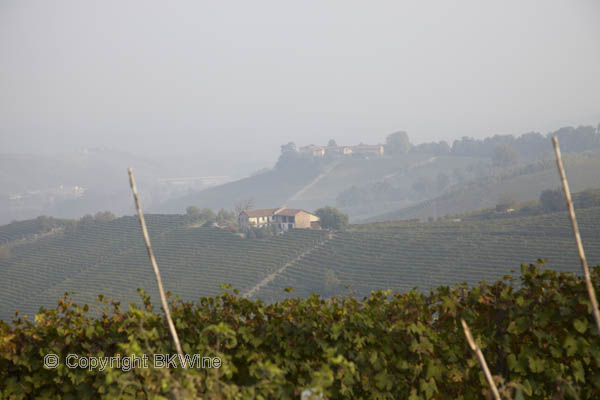
Three Barolo producers: Rinaldi, Ratti & Conterno
The three producers: Francesco Rinaldi from Barolo presented a Cannubi from 2005 and a Brunate from 2008; Renato Ratti from La Morra with two Rocche dell’Annunziata from 2005 and 2008; and Aldo Conterno from Bussia in Monforte d’Alba with a Colonello from each year.
The tasting was led very ably by Alf Tumble, renowned wine writer from DN and Livets Goda, a trained sommelier with a special interest in Piedmont’s wines.
After a lot of sniffing and slurping we noticed an obvious difference between the producers Francesco Rinaldi and Aldo Conterno. The Francesco Rinaldi wines had a tighter style but felt more approachable now than the wines from Aldo Conterno, that felt more complex but also younger, but with a good potential for cellaring.
The two wines Renato Ratti were in-between the other two producers’, possibly with slightly more affinity with Aldo Conterno thanks to their greater depth and intensity of flavour.
The best wine on a 5-10 years’ horizon was, in my opinion, Aldo Conterno’s Colonello 08, while Renato Ratti’s 08 was voted best wine to drink now. The term “yummy” was launched for this wine!
Some more wines from these three producers and a few others from Piedmont were in available for tasting; a range of delicious wines including Renato Ratti’s Barolo Rocche from 2007 (598 SEK), simply fantastic!
Also fun was Aldo Conternos new Langhe Rosso that did not include either nebbiolo or barbera but was made from 80% freisa with the addition of cabernet sauvignon and merlot! Freisa is a local grape with characteristics similar nebbiolo. Its propensity to give too much bitterness can be managed with modern vinification methods.
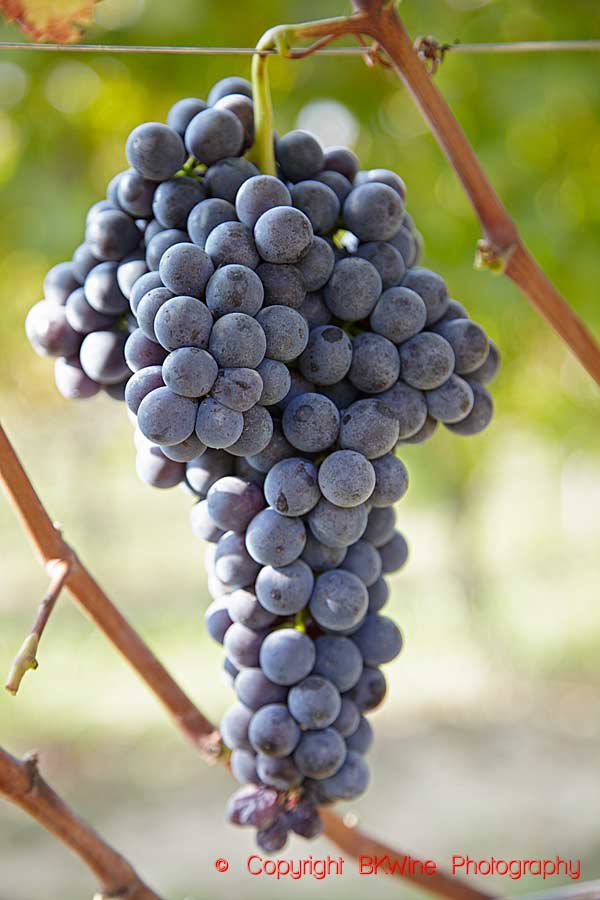
More good Italian wines. A challenge for Bordeaux?
Fabrizio Iuli from Monferrato was well represented with his flavoursome barbera wines that well highlight the successful combination of grapes from old vines together with French small oak barrels (barriques).
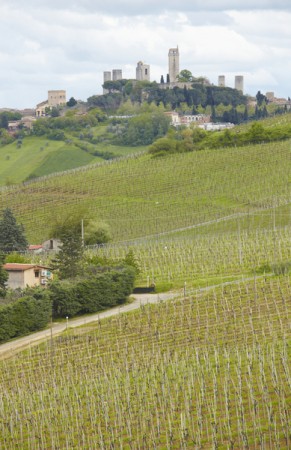
Many producers were represented in person as for example the Italian Corte Sant’Alda from Veneto whose proprietor Mariella Camerani practices organic farming with biodynamic elements. The wines, the reds made from traditional indigenous grapes, felt very individual, from lovely freshness in the Valpolicella Ca ‘ Fiui (181 SEK) to the concentrated fruity taste of Amarone Mithas (1306 SEK).
We cannot leave Italy without passing Tuscany and here I get to congratulate Vinovativa to have selected many top producers mainly of so-called Super Tuscans. For example Tua Rita with a broad palette of wines in almost all price ranges where one of the very best was Giustri di Notri 2008 (650 SEK) made from a classic Bordeaux blend. Why not compare it with the first wine from a well-known producer from, say, Pauillac or St. Julien in the Médoc?
A very affordable wine at the other end of the price scale (102 SEK) was Pugliano’s Chianti DOCG, an organic wine in herbaceous style goes a little to the side of the traditional Chianti even though it is made from 100% sangiovese.
Two other producers of high magnitude:
Montepoloso which has a very small production and therefore must be tested. Eneo 2009, with a large portion of the montepulciano grape, 452 SEK, definitely a match for the autumn game stew.
When you then tasted the Il Carnasciales wines made from 100% caberlot it was difficult to find words for all impressions. Amazing wines where Il Caberlot 2008 Magnum (2419 SEK) took the prize! The grape caberlot is a natural cross between cabernet franc and merlot.
Southern Rhone Valley: Do you have the talent to become a winemaker?
If after Italy we leap over the mountains to France, we encounter in the southern Rhône Valley the wine producer Xavier who in recent years has become known for terroir wines using a lot of the region’s typical grenache grape. Through hard selection he has developed a high level of quality in his wines.
A fun and interesting exercise, that this producer provided the “raw material ” for, was to make your own cuvée!
From six different single grape wines, carignan, cinsault, grenache (2 varieties), mourvedre and syrah, you were to make a blend that could be selected as Vinovativas 10 year anniversary blend!
[box type=”info” style=”rounded” border=”full”]If you want to try a similar exercise yourself (very interesting!) then you can go on one of the BKWine wine tours where we include a workshop on “blending your own wine.” We do it on a regular basis in Bordeaux and in Chile, and sometimes in other wine regions.[/box]
These single grape variety wines reflected well Xavier’s quality aspiration and were all, with the possible exception of carignan, in themselves very enjoyable. But the cuvées of them added more dimensions. The warm fruit of the grenache, dark fruit and pepper from syrah, austerity from mourvèdre and cinsault, and tannins from carignan. The combination possibilities are many and we will eventually see in the commemorative wine from Vinovativa what it can do! This fun exercise was much appreciated.
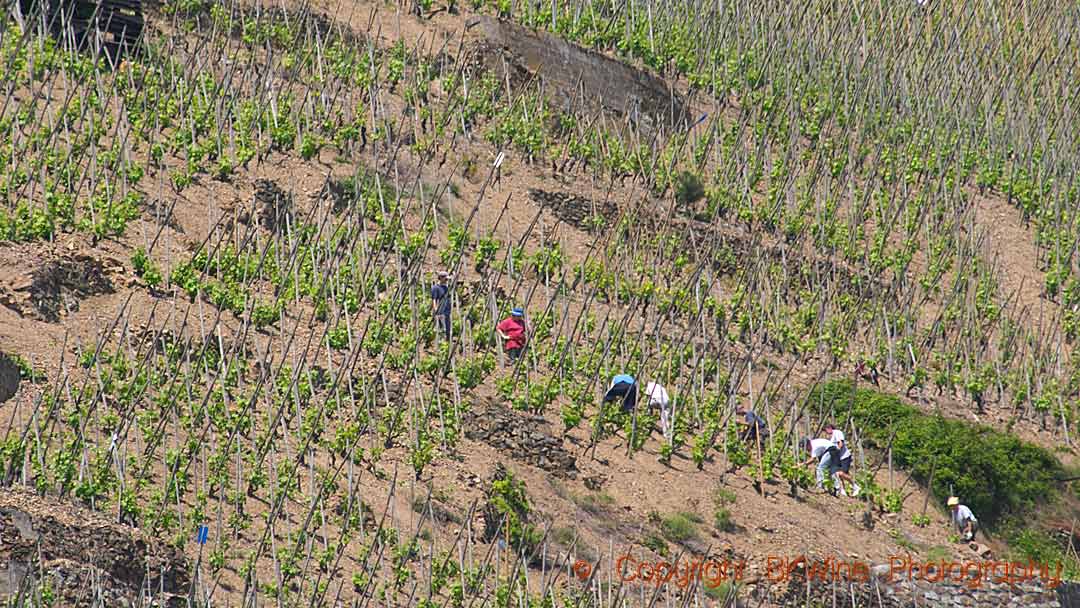
Loire Valley: Eco-friendly wines
We move to the Loire in France. Here we can find many winemakers that want to return to natural methods, ie no or few additives and organic or biodynamic farming. A strong advocate for organic farming for many years is Nicolas Joly with his vineyard Coulée de Serrant whose wines are highly regarded today.
Today in the Loire Valley there are many of them, e.g. Domaine La Capitaine with the brothers Alain and Christophe. Their complex wines are a treat now and has also the potential to be aged very long as most chenin blanc wines from the Loire.
Domaine La Capitaine has three different Vouvray wines, a Crémant de Loire, a Sec and a Moelleux. Try the latter to the cheese board and experience the beautiful balance between the high acidity and sweetness of the wine. It is semi-sweet (50 g / l), unlike many of its cousins in the Loire. Do put a few bottles in the cellar and feel how the complexity and enjoyment of wine increases with age!
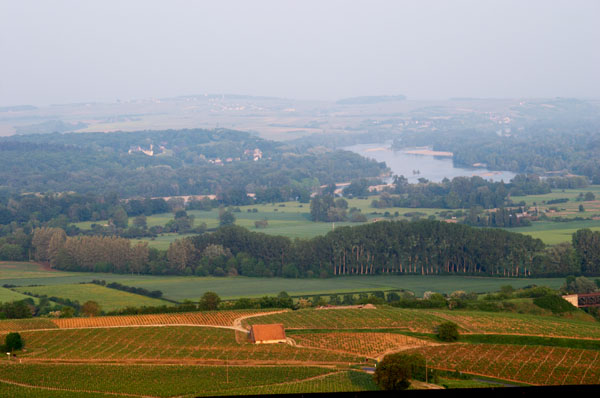
Prestigious newcomer from Bordeaux: Jean-Luc Thunevin
In Bordeaux we find a challenger / innovator in Jean Luc Thunevin whose Chateau Valandraud in a short time has reached cult status and price accordingly (3281 SEK for the 2004). Both white and red wines from Jean Luc Thunevin are well represented at Vinovativa and if want to try an “entry level” wine, you can always go for Valandraud’s “third” wine, 3 de Valandraud, from 2009 (399 SEK).
St Emilion style is recognisable with a high proportion of merlot (65%). Concentrated fruit with black currant and plum and a pleasant influence of oak. The tannins feel ripe making this and other wines from Valandraud drinkable with pleasure long before rival wines from Bordeaux.
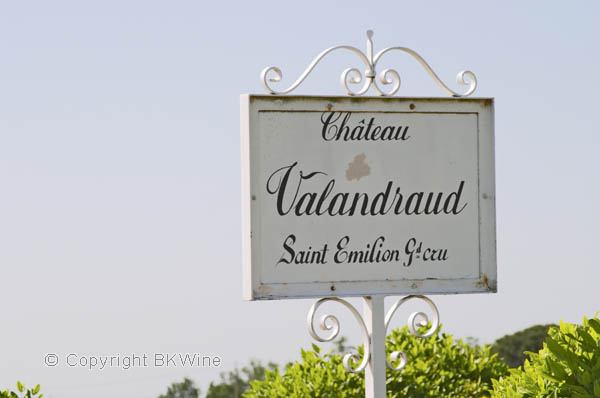
Actually what is called “3 de Valandraud” is really his second wine since the original 2nd wine “Virginie de Valandraud” (the 2009 for 604 SEK) now has its own status.
Under his own name, Thunevin, he produces wines from different parts of France without compromising quality.
A beautiful example from the south of France near the Spanish border (Roussillon) is Cuvée Constance 2008 (131 SEK) with equal parts grenache and carignan rounded off with some syrah. Very dark fruit and mineral tone from the slate soil.
Try also a good Bordeaux at affordable price: Domaine Virginie Thunevin 2009 (148 SEK) Coming from Fronsac and it is mainly made from merlot with 2*cabernet for structure.
Thunevins almost classic “Bad Boy” of Bordeaux is now in the vintage 2009 (231 SEK) and delivers, just like before, compact fruit, oak and lots of flavour. Now there is a sequel that challenges other parts of French wine establishment, logically named “Baby Bad Boy” also from 2009 (150 SEK).
With 50% grenache from Roussillon and 50% merlot from Bordeaux it is classified as a Vin de France! A beautiful wine for meat dishes with sun-ripened fruits and fine structure and balance.
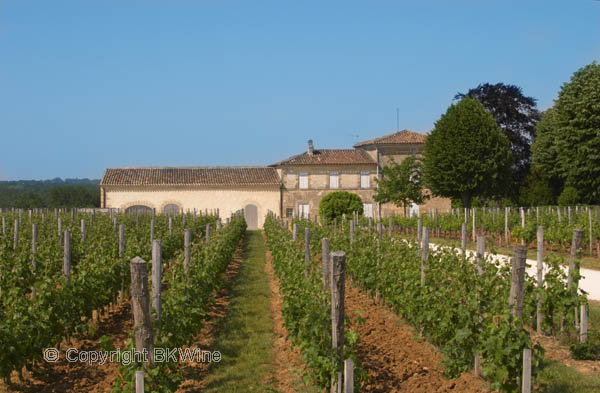
More French treats: Champagne, Alsace, Burgundy, Bordeaux, Cahors
From France there was also a good selection Champagnes from Franck Bonville, Gaston Chiquet and J. Lasalle, lovely Burgundies from the well-known Domaine Faiveley and Denis Jeandeau with interesting complex white wines.
Rene Mure from Alsace was represented with a selection of wines and I fell for his Riesling Clos St Landelin (296 SEK) with lovely acid, generous fruit and very mineral in the finish. He also showed a pinot noir from 2005 which clearly had kinship with the good cousins from Baden on the other side Rhine.
Before leaving France I must mention two more producers and the wine personality of Michel Rolland who for many years has contributed a lot to the development of quality wines worldwide. It was hard to stop “chewing” on all five wines from Pomerol that were on tasting, but the really imposing was the Vin de Table called Le Defi de Fontenil 2005 (765 SEK) with lots of dark fruit, acidity and tannins! The strange classification comes from that the ground had been covered with plastic to divert rainwater that otherwise risked to dilute the flavours in the grapes!
The other producer, Clos Trotteligotte in Cahors, is interesting because he represents much of what happens in the South West France for some years: the emergence of young winemakers, often unrelated to wine and without prior experience in winemaking. They have a passion for making wines from typical grapes, with biodynamic farming. This is often combined with modern vinification methods to increase the likeability of the wines.
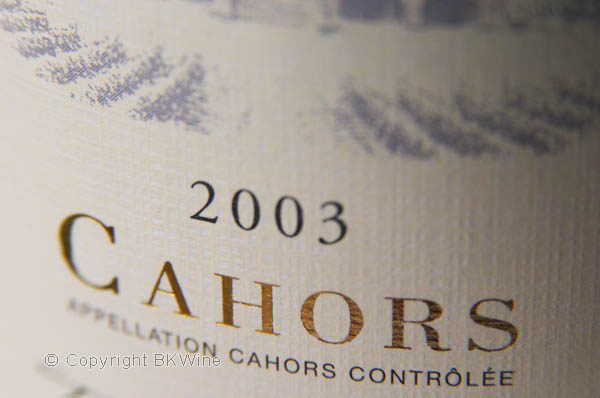
The black malbec wines from Cahors have long been almost forgotten, but thanks to the increased popularity of the malbec grape in the wines from Argentina the grape is slowly getting back in Cahors and the wines from Clos Trotteligotte’s winemaker Emmanuel Rybinski are real hits. Klys Malbec 2007 (178 SEK) has a lovely concentration of fruit paired with ripe tannins that make this wine a real hit even before you look at the price tag. Great Value!
Germany, Mosel, Ahr
From France we head east to Germany where I first fell for Fritz Haag’s Moselle wines. In particular, I liked his Braunberger Juffer Riesling Spätlese from 2012 (250 SEK). Fresh acidity, fruit with green apple and nice balance acidity / sweetness. Long aftertaste that felt unusually dry for wine of this type. Try it to spicy Asian dishes.
Not far from the Moselle we have the Ahr, a small area south of Bonn. The very steep slopes towards the river Ahr get maximum sun exposure and therefore the area is suitable for growing in spite of its northern location. It is well known for its spätburgunder (pinot noir).
The Meyer Näkel family in the small village of Dernau are among the most renowned in the area and you get really happy when you get to chew on their Blauschiefer Pinot Noir, now from 2011 294 kr. Red fruit with fine acidity and especially a mineral tone that is said to come from the blue slate. The combination is unbeatable! Please get a few bottles to try again when the wine has some ageing patina.
On our way east we pass the Rheingau and I put special attention to Peter Jacob Kühn’s wines. All are organic and have only seen steel tanks before bottling. The three wines on tasting were fun because they all had names of different minerals, which also seemed to come through in the taste.
Most exciting was a novelty dubbed Riesling Quarzit 2012. Fresh acidity, lovely fruit with notes of green apples and a very dry finish.
Austria
The step over to Austria is not big from here and I have to mention Markus Huber in Lower Austria (Niederösterreich) that showed a whole bunch of riesling and gruner veltliner wines.
I fell for his Riesling Berg 2010, 324 SEK, which had delightful acidity, lots of flavours of fruit and hints of mineral. Excellent to a tasty fish now, but can probably also be aged for many years.
In Austria they currently produce a not inconsiderable quantity of red wines that are gaining more and more ground in the wine world. The most common grapes here are zweigelt, blaufränkisch, sankt laurent and pinot noir or blauburgunder as it is called here.
Claus Preisinger in Burgenland has some nice wines made from zweigelt or blaufränkisch which cost 150 SEK. The grapes are organically grown and the wines are aged in French oak barrels (not new) on its lees.
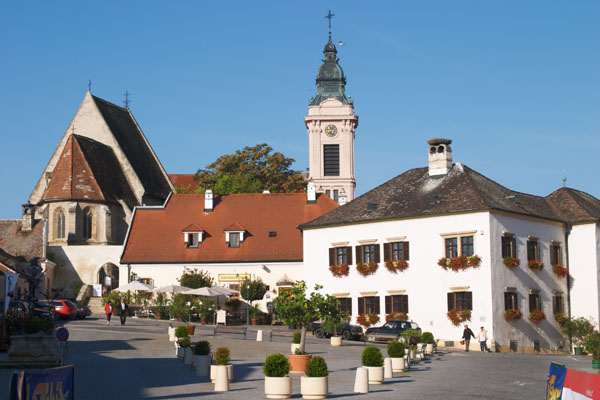
Spain: Montsant and Priorat
Heading south first to Spain where we, shortly after arriving at the French border, arrive in the schist-rich areas of Montsant and Priorat. The former almost encircles the latter! Wines are made from garnacha (grenache) with the addition of syrah, cariñena (carignan) and sometimes merlot or cabernet sauvignon. Many producers in these areas have in recent years received numerous awards and Nuria Sarroca on Can Blau in Montsant makes a fresh and mineral wine for 115 SEK called simply Blau.
The wines of Priorat are generally more expensive, but well worth their price tags. Sara Pérez produces a great wine, Venus, under her own label called Venus La Universal. At 382 SEK it can be drunk now but can also be aged for many years. It contains cariñena and garnacha from very old vines, which provides high concentration in the fruit. The tasted 2007 also includes a high proportion of syrah.
Not surprisingly Sara’s father had founded a winery named Mas Martinet and today is Sara also the winemaker here. The producer is among the pioneers in the “new” Priorat and the prestige of the wine Clos Martinet has greatly contributed to the success of the winery. This wine, now in the 2007 vintage, for 452 SEK, is characterised by dark fruit, very mineral and tannins that are noticeable but not frightening. The wine has a lot of potential and can safely be aged for many years. Enjoy it too e.g. a moose stew!
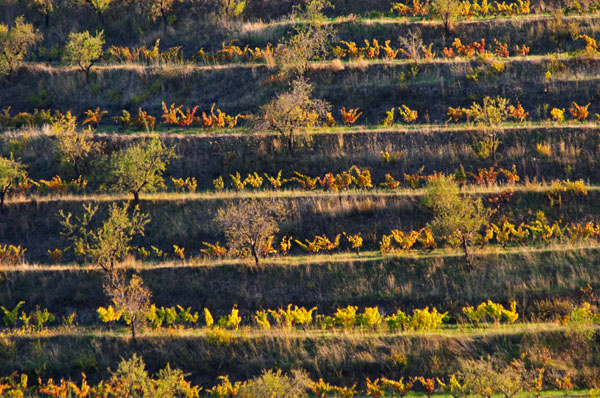
Drink more sherry!
Finally, in Spain, I would like make a special promotion for a very underrated wine, namely sherry (Jerez), which in Spain is quite different from the dreary sweet or semi-sweet products that seems be loved by many Englishmen and others.
From the producer Equipo Navazos I tried a fino and some manzanillas (fino from the area of Sanlucar de Barrameda) where the simpler La Bota de Manzanilla No. 32 (295 SEK) was characteristically dry but unusually tasty. La Manzanilla Pasada Pasada No. 40 (654 SEK) was a real treat with a distinctive aroma and flavours of sea salt.
Portugal
Once on the Iberian Peninsula, we must not forget that Portugal is sneaking in with increasingly excellent wines not yet appreciated to the extent they in my opinion deserve.
A very good representative of modern Portugal is Quinta do Vale Meao in Douro, an old winery where they started producing wines in the French style but with local grapes and high level of quality work.
The result has been, among other things that it had reached 97 points in Wine Spectator (the highest ever) for the first wine Vale Meao 2004. This wine is now available in the 2010 vintage for a modest 444 SEK and is quite enjoyable already. Intense aromas of dark berries and concentrated complex fruit flavours with good acidity and tannins that are unusually well balanced. Great wine.
If you cannot get hold of the Vale Meao but want an idea of the direction in which the experience goes, there is an alternative in the second wine, Meandro. The 2010 costs 149 SEK and is worth every penny.
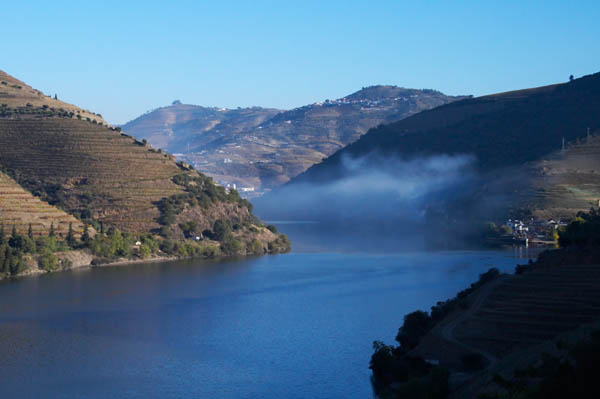
Farthest away: New Zealand
I want to end this very beautiful journey among small and “big” wineries with a visit to New Zealand to see what they have ferreted out there. Oh yes, here I find the producer Escarpment in Martinborough on the North Island. The cool climate and the well-drained soils are ideal conditions for pinot noir and riesling which are grown here.
Larry McKenna, well-known wine profile in NZ, is one of the pioneers when it comes to putting NZ on the wine map for good pinot noir wines.
Today, the firm has several wines named after specific vineyards, each with a different style, which among other things is reflected in the “warmth” or “coolness” in the wines depending on the location.
Pinot Noir Te Rehua 2010 (324 SEK) was a good example of how pinot noir from the New World may have many classic features as the acid and red fruit but also bring a warmth that gives depth without making the wine jammy.
Excellent balance and a good conclusion to this long but rewarding tasting day.
Now my palate needs some days of rest!
Carl-Erik Kanne is a long time wine enthusiast and fervent wine taster. He reports from wine tastings and wine events in Stockholm for BKWine Magazine.
[box type=”info” style=”rounded” border=”full”]
If this world tour of wines makes you keen to go visit a wine region then it is understandable. You can join one of BKWine’s wine tours to most of the wine regions mentioned in the article, such as Bordeaux, Douro Valley, Champagne, Alsace, Burgundy etc.
Travel to wine country with the experts on wine and with the specialist on wine tours.
[/box]



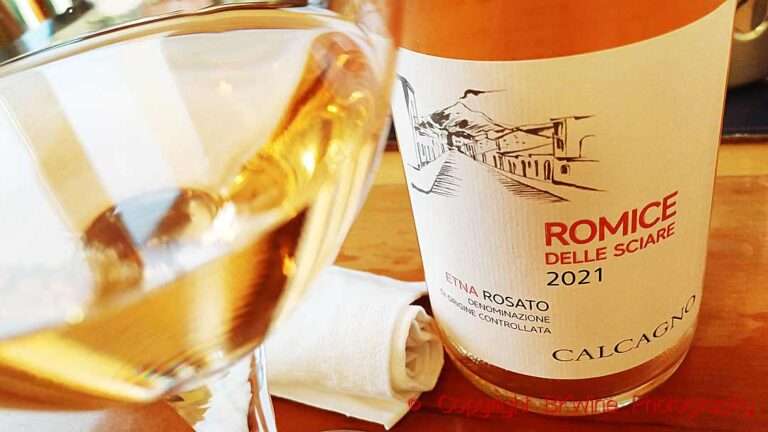
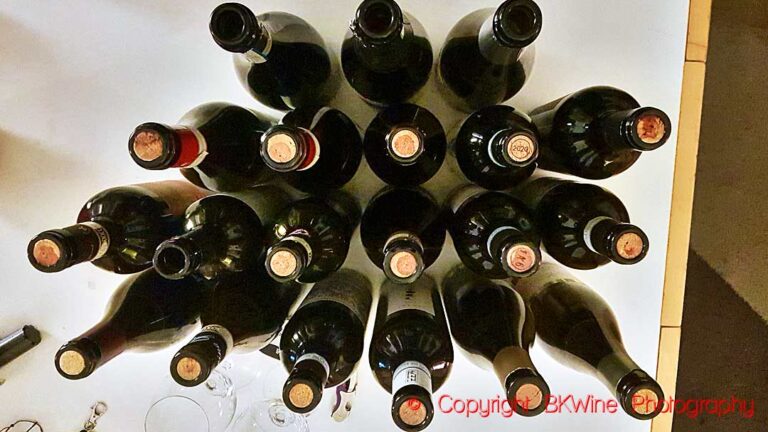





One Response